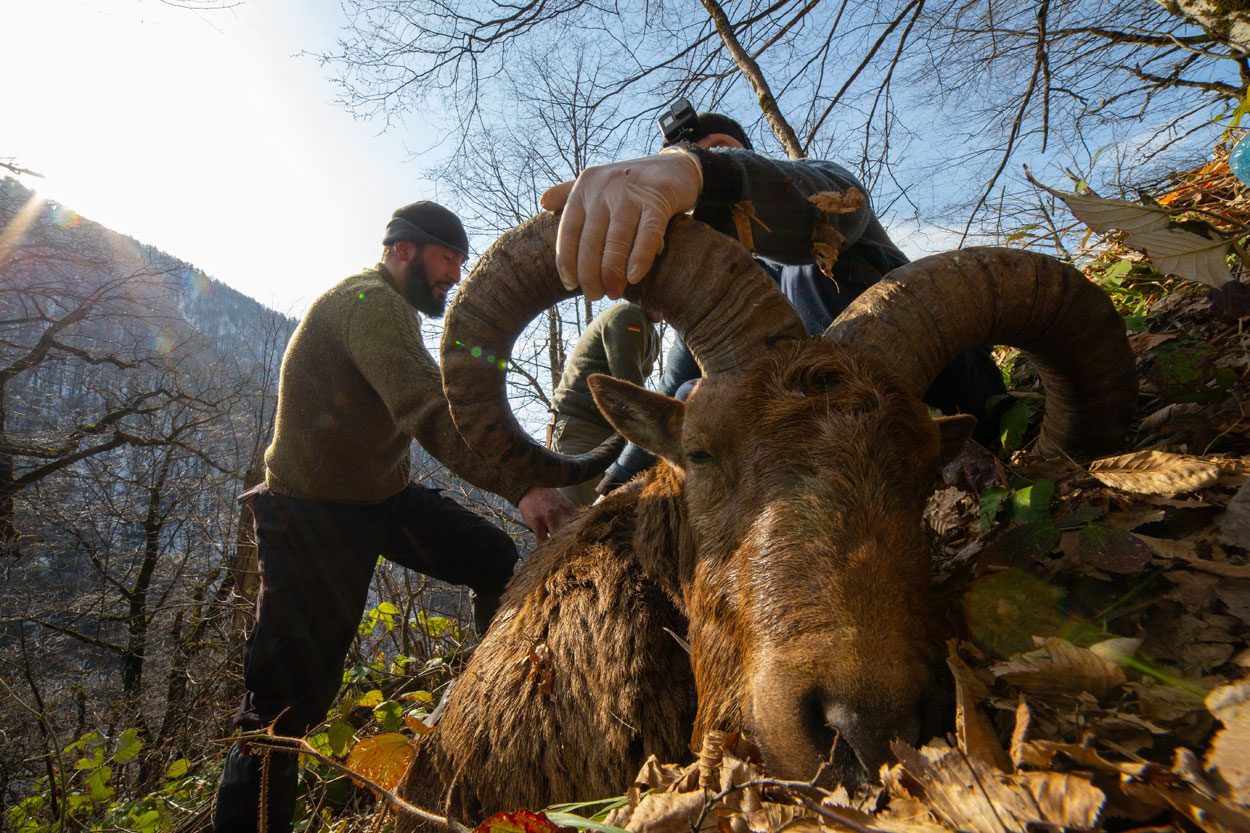
NACRES’ Conservation Research Programme Team led by Bejan Lortkipanidze conducted the very first radiotelemetry study of East Caucasian tur (Capra cylindricornis) in Lagodekhi Nature Reserve, allegedly the oldest protected area in the Caucasus region and, together with the neighbouring areas of Dagestan, one of the strongholds of this iconic mountain ungulate.
While having an experience of successfully capturing and tagging wolves and brown bears, this was the first radiotelemetry study for NACRES’ field team and East Caucasian tur were bound to present us with new challenges – for one practically no literature was available for its safe capturing, while the local terrain and the weather conditions were as difficult as it can get in the domain of this majestic “mountaineers” of the Caucasus highlands.
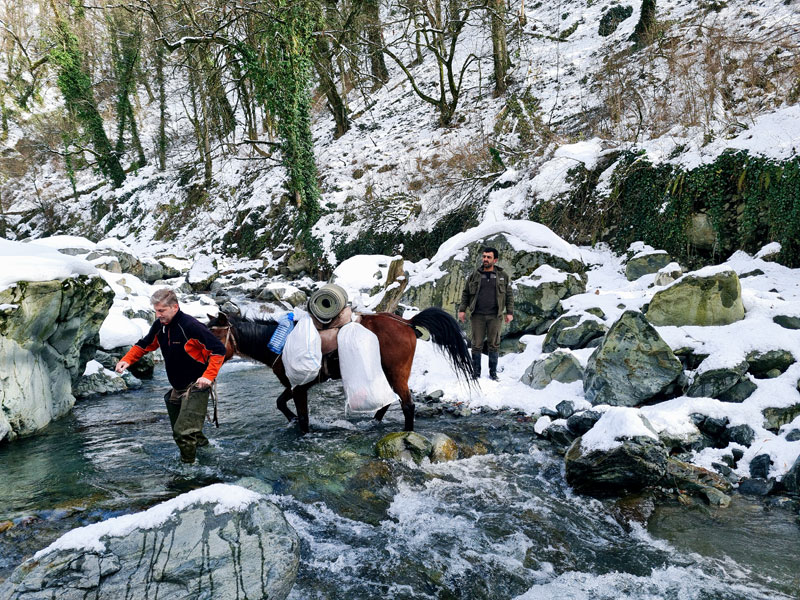
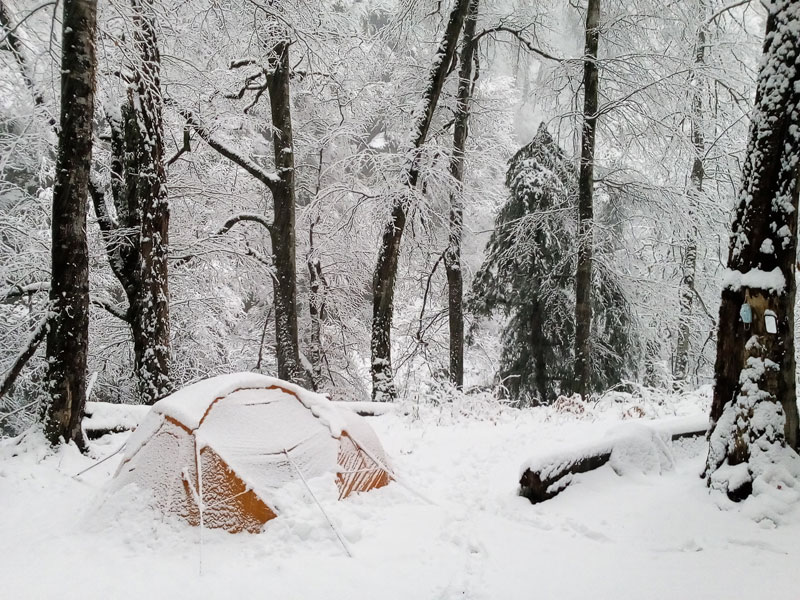
After trialling various safe capture techniques including a drop-down net and weeks of camping in bitterly cold winds and wet snow of Lagodekhi winter at 1000 m. while deprived the comfort of campfire (in order not to scare the shy tur), there was the fist success on the 12th of March 2019 – a young male tur that was named Khareba was captured and successfully equipped with a GPS satellite collar. Then we captured and tagged another young male which we called Zakro (Georgian nick for Zacharia). Carrying on with our tur capturing and tagging field work into 2020 we captured our first female that we called Petra and then another male Bichiko and later in 2021 we got our largest and oldest male which was so heavy that we could not even weight as we immobilised him for measurement taking and tagging. It was only obvious why Teimuraz Popiashvili gave him the name of Tariel after the main character of the Georgian national poem “The Knight in the panther’s Skin”. And just as we began to be worried about the gender imbalance in our tagged animals, we got Klara – she became the proud wearer of our last remaining collar.
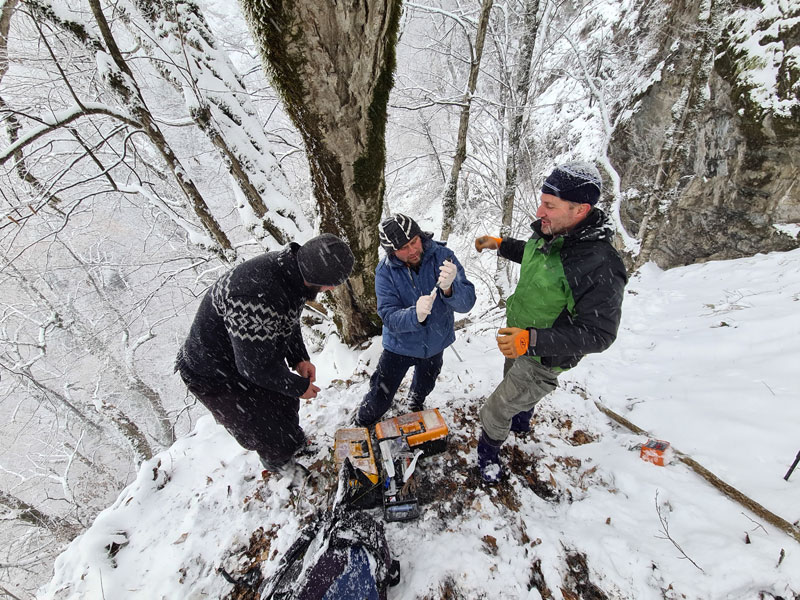
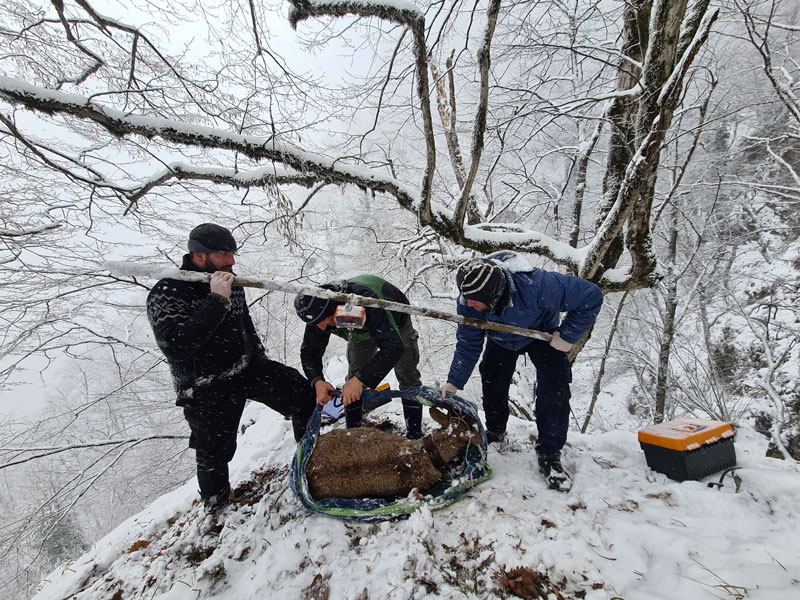
On a computer screen, we followed the movement of the tagged animals 24/7, receiving up to six location per day till June 2022. Petra and Klara remained in the forest most of the time only moving relatively short distances both vertically and horizontally and with their home ranges as small as 102 and 132 ha. So was Bichiko. While Khareba and Zakro were more adventurous; apparently willing to explore higher elevation areas they repeatedly went up to 2,670 m. But Tariel was the true champion – his home range covered 4,357 ha that was five times as large as the other males’ and he even ventured into the other side of the Great Caucasus Range to spend summer and autumn in Dagestan (Russia) before coming back to Georgia in December, both ways using the exact same route.
While more of similar studies are needed, it can be hypothesised that in Lagopdekhi tur both habitat preferences and movement patterns vary not only between sexes but in the males also by age. We make a good use of the calculated average home range and the daily distance covered by individuals in estimating the East Caucasian tur population numbers in Lagodekhi Nature Reserve through the double observer field technique, while the findings of our telemetry study will also have many other implications for the management and conservation of these iconic dwellers of the Caucasus mountains.
The radiotelemetry study of the East Caucasian Tur in Lagodekhi Nature Reserve was financially supported by the Caucasus Nature Fund (CNF), the Transboundary Joint Secretariat and WWF Caucasus Programme Office. For invaluable support and help we are grateful to Giorgi Sulamanidze, the Director of Lagodekhi Protected Areas.
